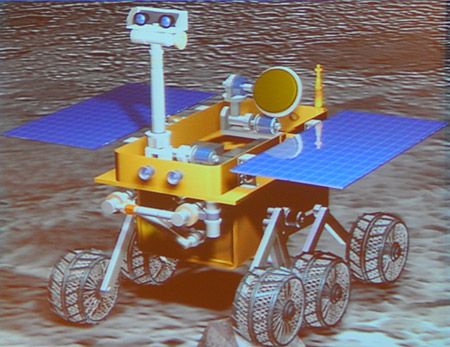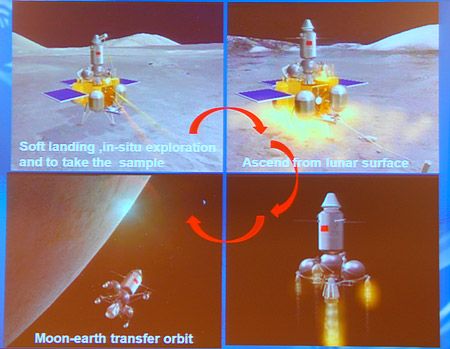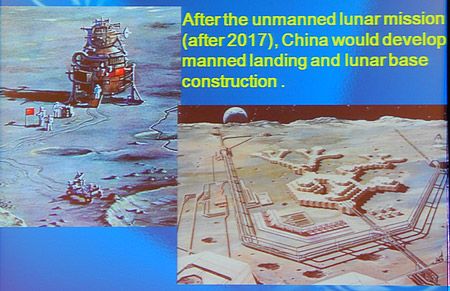1. What happens to the solar energy which earth receives in such a huge quantity?
We know conversation of energy theorem. So, is the energy of the earth is constantly rising? A part of energy what we receive gets reflected back to universe, and then what happens to the other part of it?
Under the sun, we feel hot and that confirms that we are receiving the solar energy. In the same way, in night, we feel cold; reason is we are giving back the energy.
(If the energy is transferred from one body to another, than the body which is giving the energy will feel the coldness and others feel the hotness.)
2. Why multiplications of 2 negative numbers yield a positive number?
This is a very basic principle in mathematics which we all know and we are using it all the way from our childhood days.
- How this came and why is it true?
Let’s prove it.
In fact negative numbers are the reflection of the positive numbers (Their magnitude) about the origin in the number line. And while multiplying 2 negative numbers, their magnitude is multiplied first. For 2 negative sign, two times reflection is taken resulting in the product to be a positive number.
3. What might’ve happened if the earth didn’t have gravity?
It’s impossible by the fact that anything which owes mass will have the property of gravity too.
4. Why concentration of air goes on decreasing as the altitude increases?
Atmosphere is present in the earth because of its gravitational power and as altitude increases, force decreases and hence the air concentration will also decrease.
5. What might’ve happened if the earth isn’t tilted to 23.5◦ to its axis of rotation?






